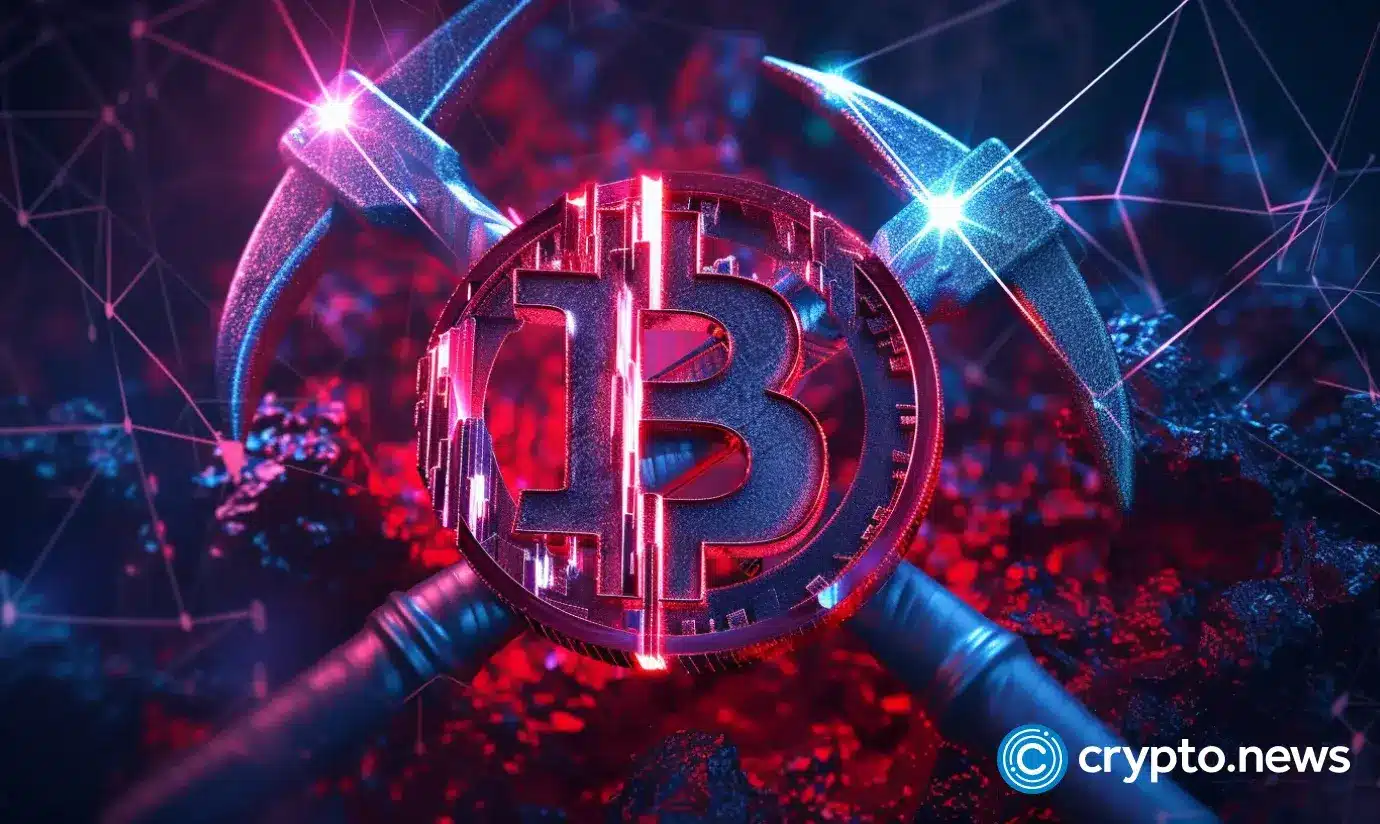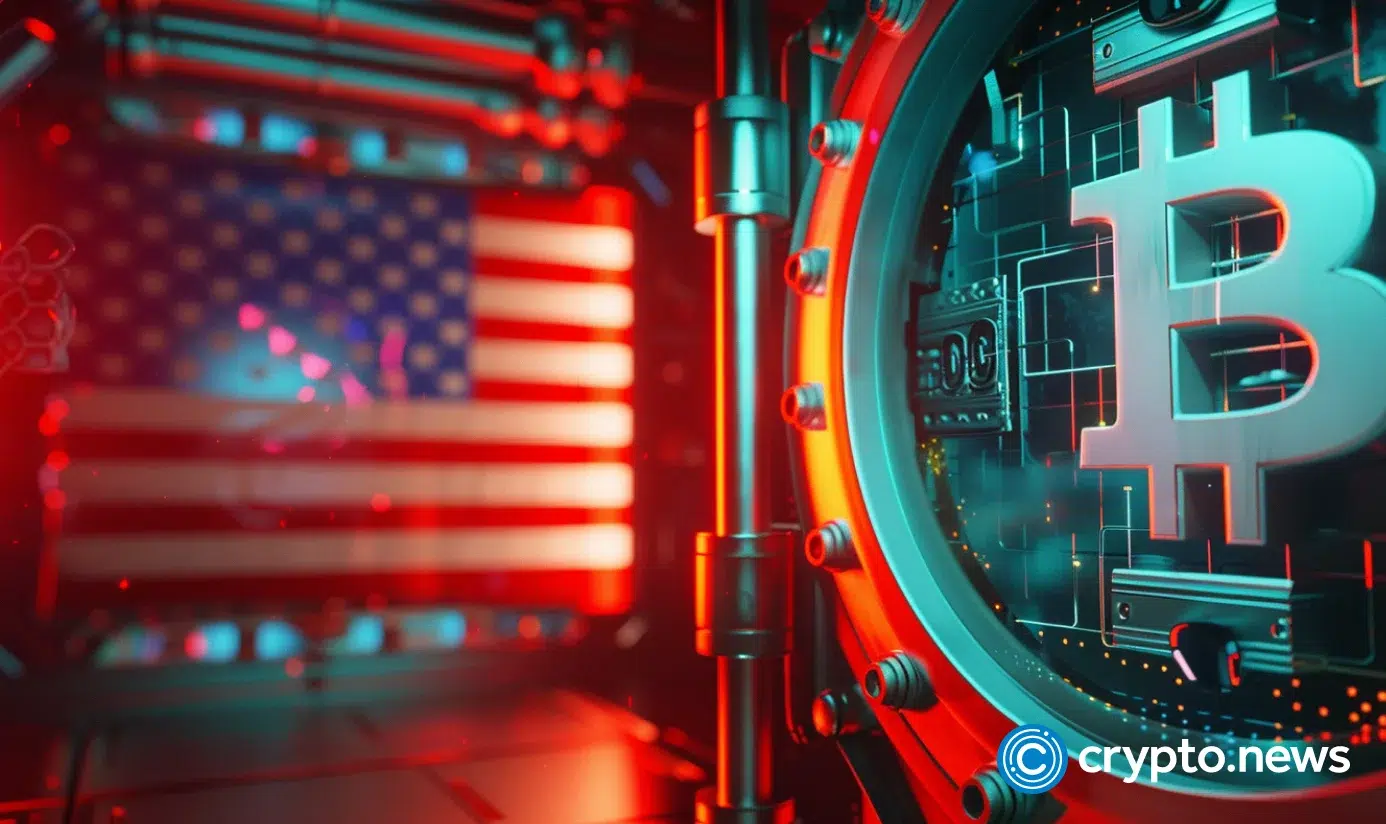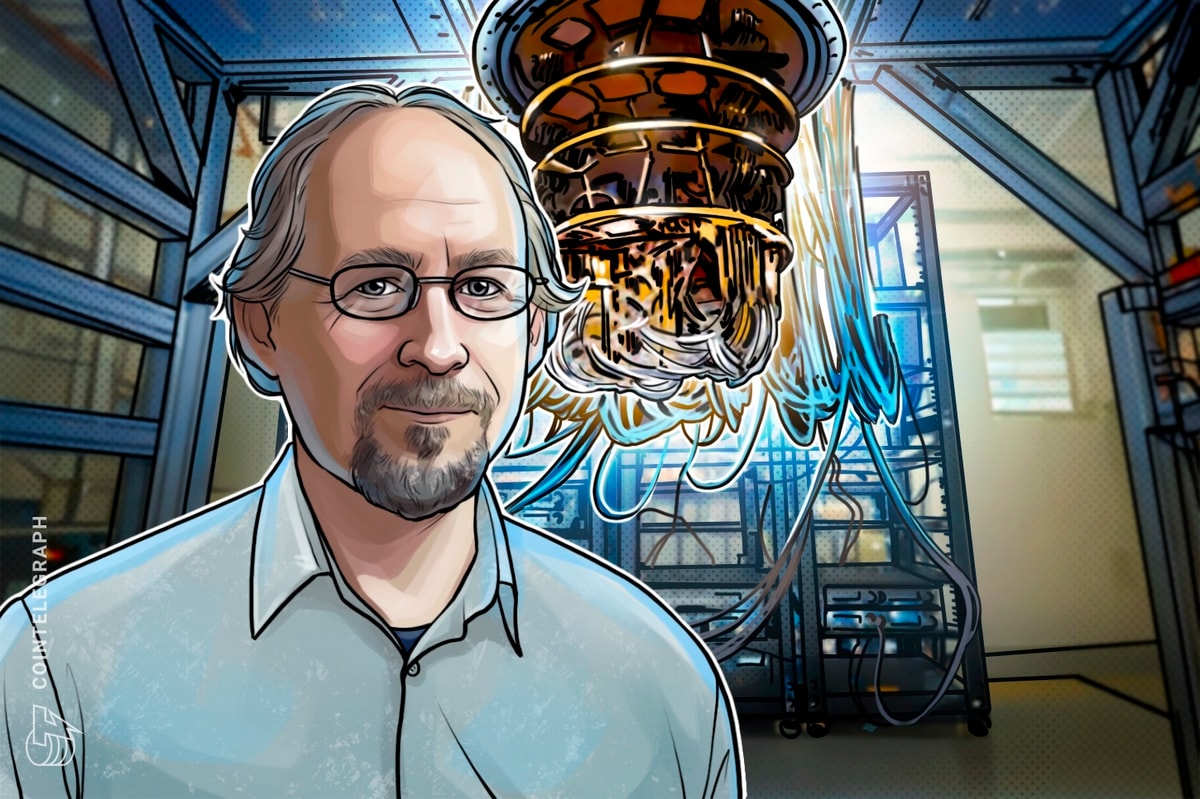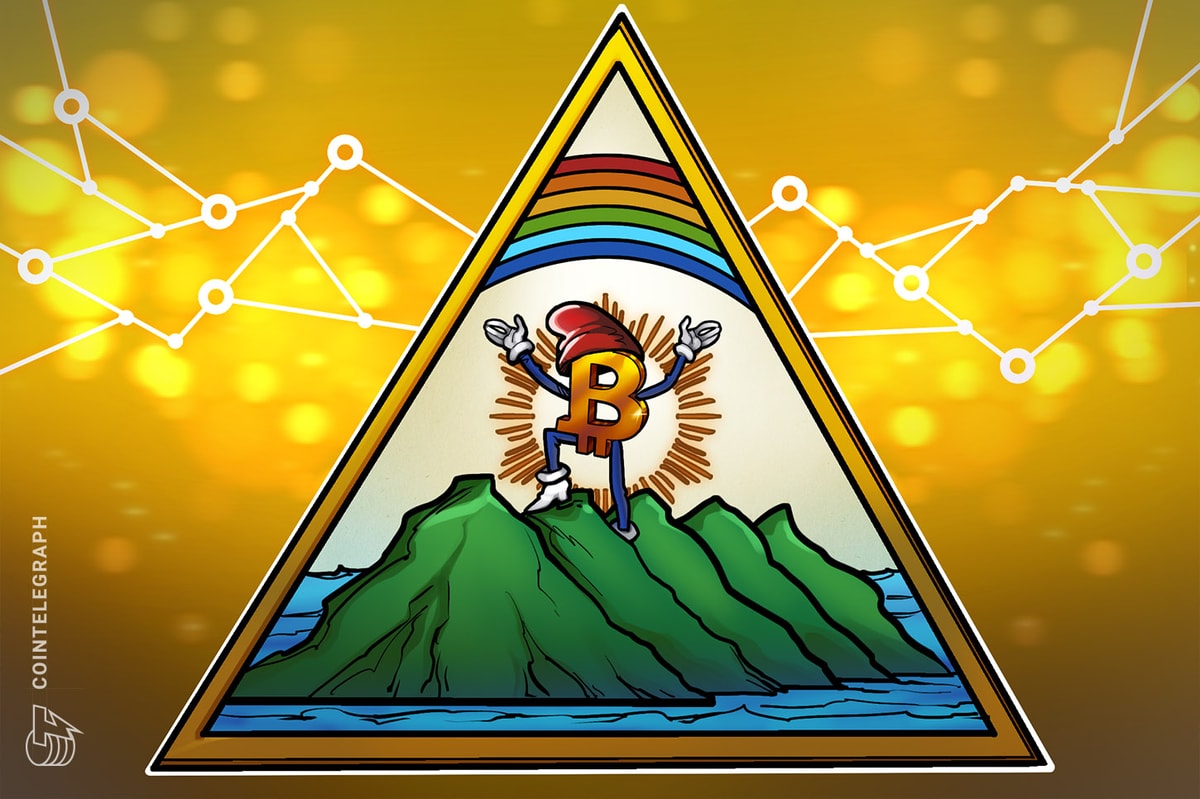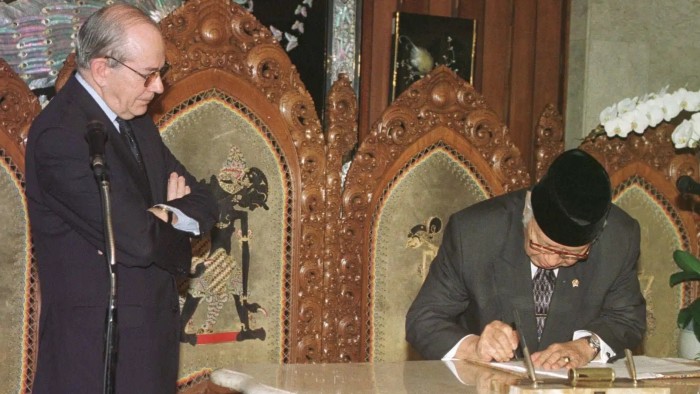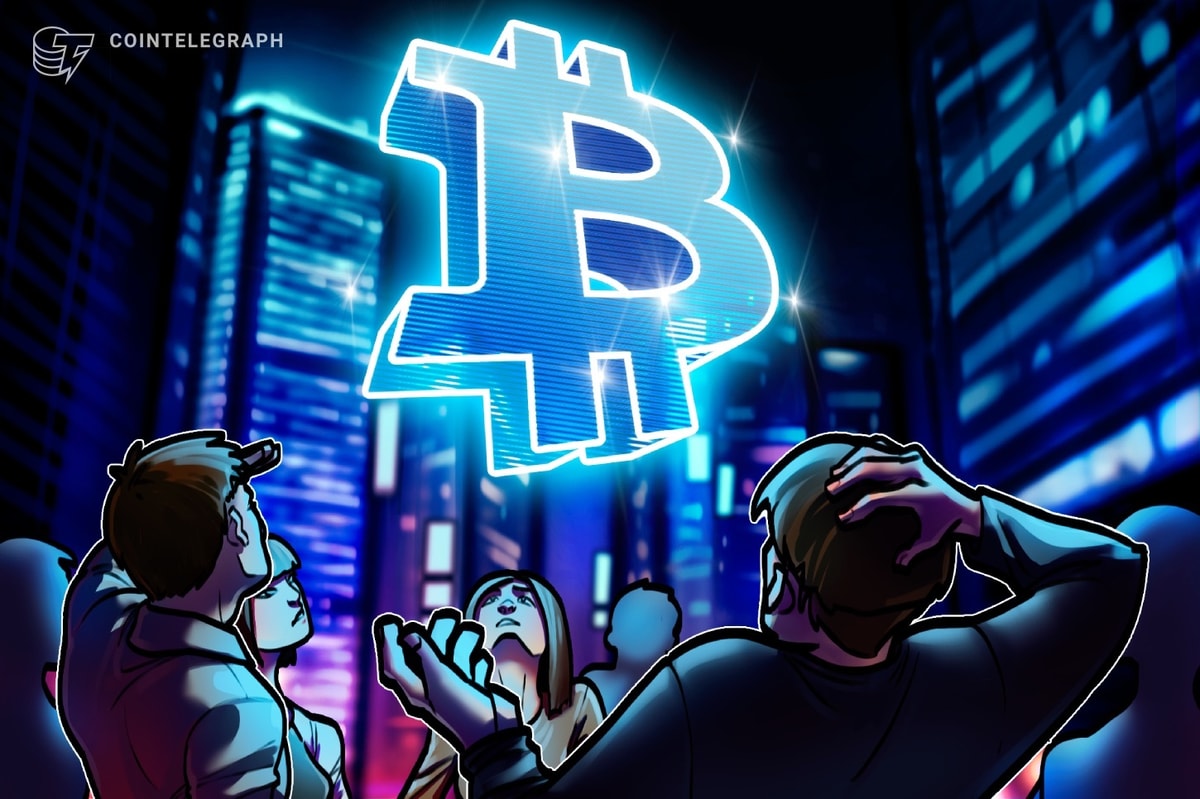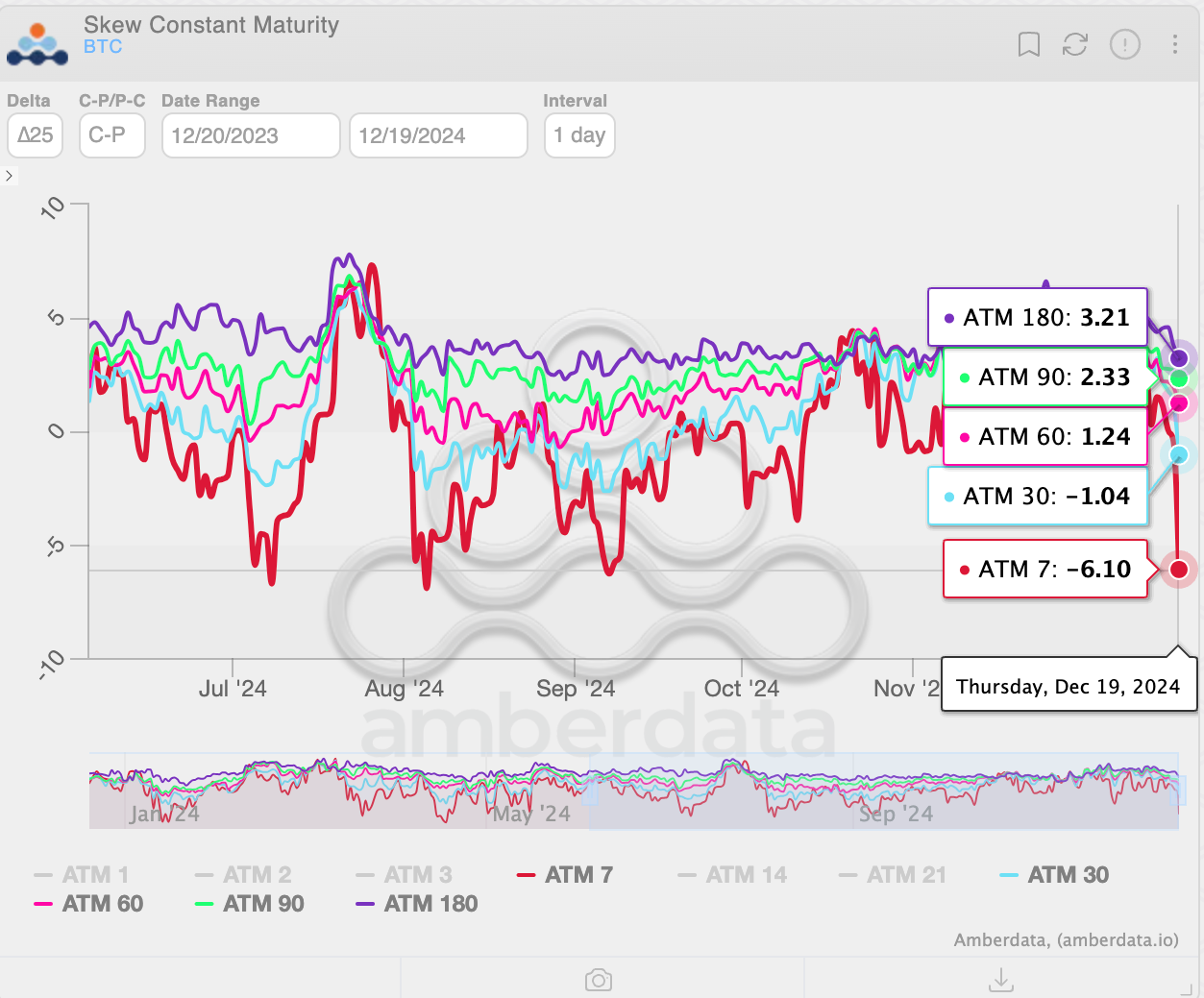- Expert Perspective: Bitcoin’s Most Strategic Move Yet – 30% Correction To $65,000
- Russian Firms Adopt Bitcoin For Global Trade In Response To Western Sanctions: ‘Should Be Expanded And Developed Further’
- Hawkish Fed Has Bitcoin (BTC) Market Showing Strongest Bias for Downside Protection in 3 Months
- El Salvador makes Bitcoin payments voluntary in $1.4B IMF loan deal
- Trump-linked Strive files for ‘Bitcoin Bond’ ETF
On Dec. 24, 2024, the amount of mined bitcoins crossed the 19,800,000 mark, leaving less than 1.2 million bitcoins remaining until the total supply is exhausted.
Bạn đang xem: Bitcoin Crosses the Hallmark of 19.8 Mined Units on Xmas Eve
After the 2024 halving, approximately 450 bitcoins are mined each day. According to one of the earliest websites collecting various Bitcoin data, Clark Moody, December 24 saw achieving a 19.8 million mined bitcoins milestone.
As many of you might know, Bitcoin has a supply cap of 21 million units. Does it mean that all the bitcoins will be mined soon, and what happens when the remaining supply is exhausted? Why does the Bitcoin scarcity matter, and can the supply cap be removed? These and other questions are answered below.
When will all 21 million bitcoins be mined, and what will happen next?
While nearly 20 of 21 million bitcoins were mined within the first 14 years of Bitcoin’s existence, the last remaining fractions of Bitcoin will be exhausted only in 2140. The reason is that the Bitcoin emission is set to drop by 50% roughly once every four years every time another 210,000 blocks are mined. The drop in BTC emissions is referred to as “halving.”
As of December 2024, each mined block unlocks 3.25 BTC as a mining reward. In 2140, this amount will drop below the smallest fraction of Bitcoin, known as Satoshi, a one-millionth particle of Bitcoin. As Satoshi is set to be a minimal fraction of Bitcoin, the 2140 halving will effectively stop the emission of bitcoins.
Mining is at the heart of the Bitcoin network’s validity and safety, while mining rewards are the prime incentive for miners to continue their troublesome operations. Happily, when the emission of new bitcoins stops, miners will still receive rewards. Instead of getting freshly minted coins, they will receive portions of the transaction fees charged from the senders. It’s worth saying that fees paid by senders for transaction prioritization already make up a substantial portion of miner rewards.
Why does the Bitcoin scarcity matter?
While inflation is not inherently bad, as it drives the economy when healthy, Bitcoin is usually celebrated as a deflationary asset. While the government can print more dollars, thus decreasing the value of dollars you already hold, Bitcoin is coded in a way that its supply is immutable and limited to 21 million units.
Xem thêm : US-listed Bitcoin, Ether ETFs tally $38.3B net inflows in launch year
As the overall amount of bitcoins will only go down with time as more and more units will ‘stuck’ in the shut wallets forever, it is believed that the value of each unit will only keep on rising.
The stock-to-flow model proponents claim that scarcity drives value. However, it’s understood that scarcity is far from being the only or the main value driver. Can you draw a single unit of your own currency and expect it to be the most valued one due to extreme scarcity? Probably not. Given that Bitcoin is already enjoying a high value, its scarcity forces buyers to bid for each unit more. That’s the way halvings drive the BTC price up all the time.
Is it possible to remove the supply cap?
A three-minute educational video on Bitcoin, released by BlackRock in December 2024, stirred an online discussion over the possibility and implications of the supply hard cap removal.
The removal is not impossible, as the Bitcoin network’s structure has already been edited on various occasions through hard forking. So, if the community working on the Bitcoin improvements votes for making Bitcoin inflationary and makes necessary changes to the Bitcoin architecture–voilà–someday we can see inflationary Bitcoin.
The opponents of this move claim such changes would have turned Bitcoin into something completely different. More than that, they remind us that those who don’t want Bitcoin without a fixed supply can still use the classic version of Satoshi Nakamoto’s brainchild.
Why will the actual number of bitcoins in circulation never be close to 21 million?
Many believe Satoshi Nakamoto himself holds large loads of BTC mined in the early days, with some naming an amount of 1 million of BTC. However, the bitcoins in Nakamoto’s identified wallet have not been moving since 2009, and millions of such frozen bitcoins are all over the ledger.
Xem thêm : Bitcoin Crashes Below $94K as Analysts Warn of Chaos
According to the same Clark Moody website that we mentioned in the beginning, there are 220.31 ‘provably’ unspendable coins. This means that over 220 BTC will never be able to be used as they are isolated as unclaimed rewards, null data outputs, or other ways.
However, the word “provably” indicates that there are more “lost” coins. Various sources claim that 3 to nearly 8 million bitcoins are lost forever. According to the CryptoSlate June 2024 article, 7.7 million are either lost or “hodled.”
Bitcoins are lost all the time for various reasons: people lose access to their private keys, hardware, and paper wallets get fatally damaged, coins are sent to invalid addresses, etc. It’s understood that the amount of lost bitcoins will keep on growing, decreasing the level of bitcoins in circulation.
What are virgin bitcoins, and why would someone want to pay extra for them?
2140 will see the end of an era of so-called “virgin bitcoins.” This term stands for bitcoins that have never been in use and, therefore, have a clean transaction history.
Virgin bitcoins are already immensely rare. The only way to obtain such Bitcoin is to buy it directly from the miner via a P2P service (as depositing a virgin Bitcoin in exchange would have stained its transaction history). More than that, if the portion of BTC was received while mining in the pool, it automatically cannot be “virgin” as the mining pool distributes rewards among mining participants, i.e., miners are not receiving these bitcoins firsthand.
More than that, as soon as Bitcoin becomes included in an unspent transaction output (UTXO), it loses its virginity status. It happens as soon as the virgin bitcoin is sent in parts.
As virgin bitcoins are rare and hard to get, they are sold at higher prices than usual bitcoins. Why would someone want to pay extra to get a Bitcoin with a clean transaction history? The answer is not hard to grasp – institutional investors don’t want to increase risk by buying bitcoins that were involved in criminal transactions. Such bitcoins in the portfolio may potentially cause harm to their wealth. The only way to cut off these risks is to buy virgin bitcoins.
A notable crypto writer, Nic Carter, questions the very existence of virgin bitcoins, noting that it’s nearly impossible to produce them. In his article, he dismisses the importance of clean transaction history, citing the purchase of bitcoins seized by the U.S. government from the Silk Road market by venture capitalist Tim Draper.
Nguồn: https://rentersinsurance.cyou
Danh mục: News

